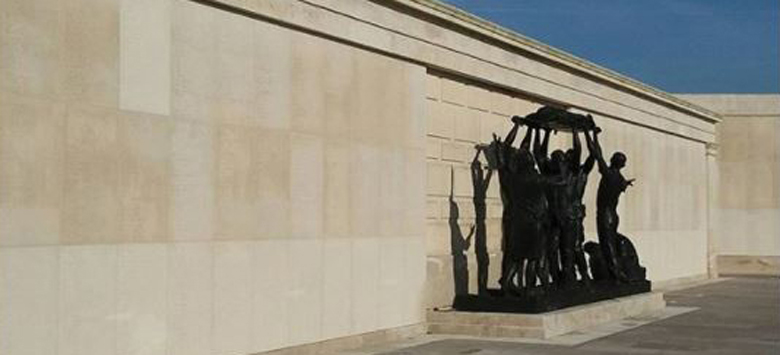You can find some strange things in people's gardens. Mind you, the gardens at Biddulph Grange are quite strange in themselves. They were originally designed to hold the collections of renowned plantsman James Bateman (1811–1897), who owned the property. They were drawn up with the help of seascape artist Edward William Cooke, which might explain their completely unpredictable nature.
The grounds are divided into many sections that represent different species or even different areas of the world. The two most well known are China and Egypt. When you've paid your National Trust entrance fee you're handed a map and waved off on a voyage of exploration. Other than "this way to the tea shop" and "you can buy plants here" you'll find very little signage - so you're on your own - and you'll be passed many times by visitors who have their heads facing down to a rather bedraggled piece of paper, wandering endlessly and muttering "I know China's around here somewhere" or "I think it's supposed to be near Egypt". Meanwhile they're missing the magnificent dahlias and the unearthly 'stumpery' or the very tall trees in the pinetum.
We can be sympathetic. Each of the miniature gardens is well hidden behind intervening rockeries, banks of topiary, or a myriad other kinds of feature that obscure, entrance, and otherwise distract from the original destination.
But I digress. I was planning to discuss the oddest thing (well - I thought it the oddest) to be found in the gardens, and that's a rather squat statue of a baboon that sits hunched inside the dark catacomb of a replica tomb in the Egypt garden.
Hamadryas baboons (Papio hamadryas) held a significant place in Egyptian society. They were often kept as pets, and there's some evidence that they could be trained to pick fruit, such as figs. This is gleaned from tomb paintings, so it's a matter of interpretation, but it's not unlikely. Since the earliest, pre-dynastic, era they were considered sacred and the god Baba might be how they came to get their name. They were admired for their intelligence and their lustfulness. I'm not sure I wanted to know that their faeces was used in aphrodisiac potions. (These Egyptians wrote everything inside their tombs because they needed all the trappings of life to survive on the 'other side'.) By the time of the Old Kingdom baboons were associated with the god Thoth, who controlled wisdom, science and measurement.
So it's not odd in itself that there's a baboon in the Egypt garden, but it's not the first Egyptian god that springs to mind. He sits in an alcove underground (I had to use a flash to get a decent photo.) with just a red skylight over his head to crack the darkness. A lot of people walked straight past him without noticing.
That's all of Biddulph I'm giving you for now. I might eke out its wonders over a few posts, because there's a lot of it.
References
Wikipedia (https://en.wikipedia.org/wiki/Biddulph_Grange) and Ancient Egypt: the mythology (http://www.egyptianmyths.net/baboon.htm) for supporting information.


Clearly, some Egyptians were full of ****. A good chum used to live in Biddulph (someone has to) and often waxes lyrical about B Grange; I really should get on down... Interesting post, HA - thank you.
ReplyDeleteLike Mike I feel I really should visit Biddulph Grange, it sounds fascinating and isn't that far away from me.
ReplyDelete